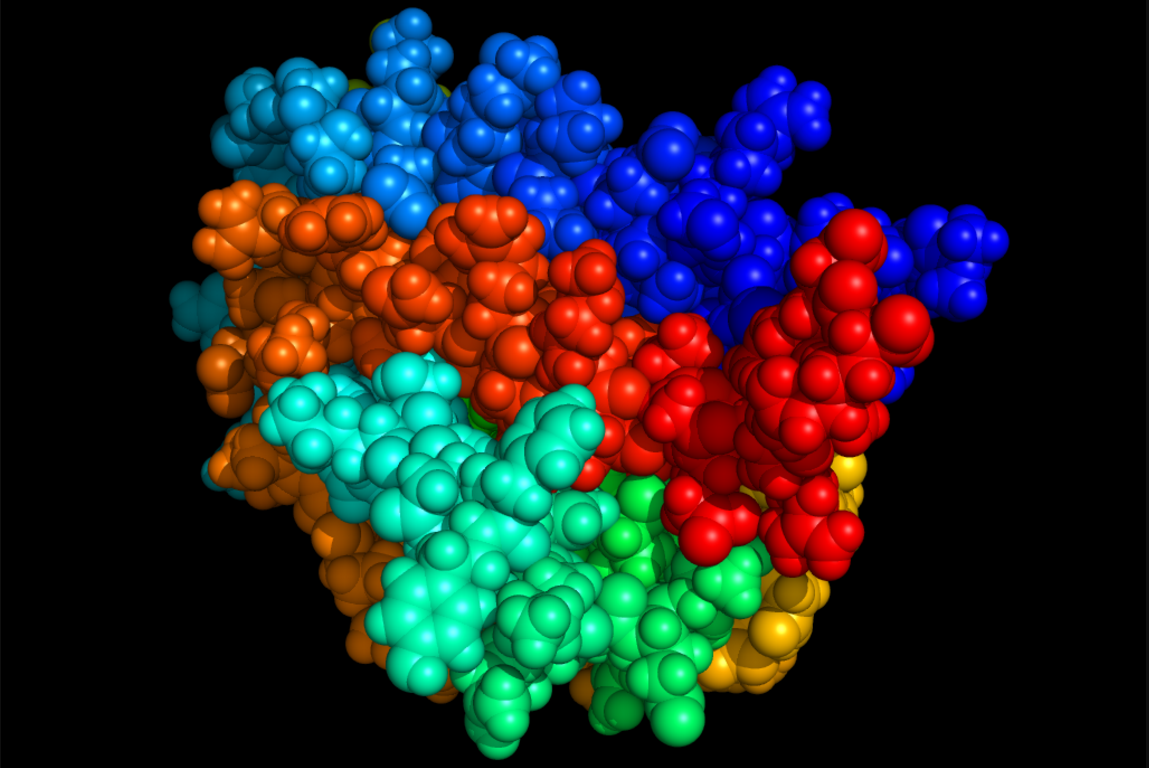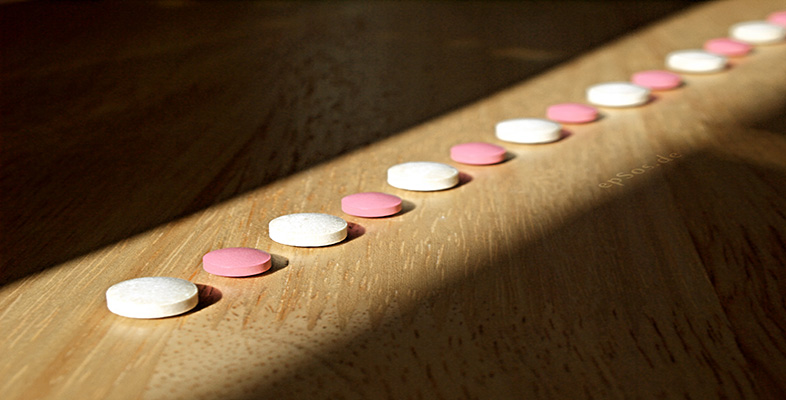Many modern biological therapeutics, such as erythropoietin (used to treat anaemia) and Herceptin (used to treat breast cancer), are proteins. It isn’t, however, just the structure of the protein alone which determines how the drug will behave in the body.
Sugars and proteins
Large biological molecules (such as proteins) are often decorated on the surface with long chains of sugars called glycans. These glycans have many important functions in the body, playing a necessary and vital role in a variety of cellular process - ranging from how cells communicate with each other to how microorganisms attach to cells. They are also used by cells as a way of regulating the three-dimensional shapes of proteins; allowing cells to identify incorrectly folded structures so they can be can be broken down and disposed of.
Why are glycans important?
Changes in the patterns of the glycans displayed on proteins found in the body can alter the way that proteins behave. Diseases can change glycan expression and in a clinical setting, detection of altered glycans can be used to help diagnose certain diseases and, as a means to determine the progression of a disease. Likewise, many modern and emergent biopharmaceuticals are proteins which are decorated with sugar structures. Changes in the glycans on the surface of such drugs can cause negative effects, like changing how effective the drug is or changing how long it can survive in the body. These are important things to consider when looking at how safe or effective such drugs will be.
Analysing glycans
Being able to determine the types of sugars on proteins is very important for these reasons, but glycan analysis is not easy. Glycans themselves are complex structures, and proteins are often coated in a mixture of many different types of sugar chains which further complicates the analysis. In the pharmaceutical industry, high-performance liquid chromatography (HPLC) is one method which is often used to analyse sugars. This type of analysis usually relies upon the attachment of radiation absorbing chemical labels to the sugars cleaved from the surface of proteins. This allows different structures to be separated and provides information about the different types of glycans in the mixture.
Analytical methods such as these are important to ensure the pattern of sugars on the protein is consistent between batches of drugs and the drugs behave consistently in the body.


Rate and Review
Rate this article
Review this article
Log into OpenLearn to leave reviews and join in the conversation.
Article reviews